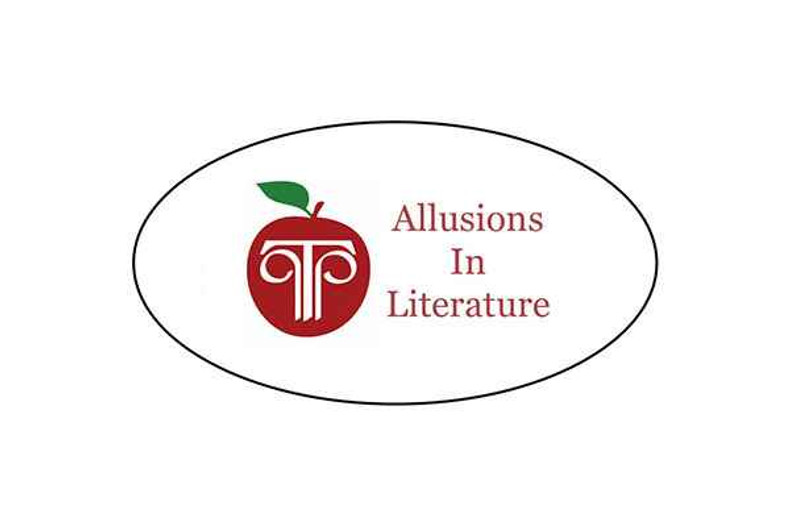We often define the term allusion when we're talking about literary devices, but did you ever stop to think about the real value of reading literature that is full of allusions--or what you could do with the allusions that are present?
Why We Don't Look At Allusions More Closely
Most often we probably think of allusions as something that many students won't "get" because they don't have the background information in their heads--and since allusions aren't usually essential to students' understanding of the main events of the story, we sometimes just gloss over them in our novel studies.
Whether we're short on time to finish the novel study, or we're dragging students through a book by their shirttails and don't have the energy to try to make them interested in a reference made to something in the past, it's often simply easier to ignore allusions.
Why You Shouldn't Skip Allusions
1) Studying Allusions Educates Your Students
The very fact that students don't have the background information necessary to understand an allusion is the first good reason not to skip it. By investigating things that are unfamiliar, students become educated. It may only be a tidbit of information here (like references to the Tom Swift books in Mockingbird), or a little bit of information there (like a play off of a Shakespearian quote--"To be or not to be," for example), but each tidbit, each piece of information adds to a student's internal database of knowledge. Having a large database of knowledge is what we call being "educated," right?
2) Studying Allusions Creates Depth of Meaning
The author put those allusions into the story for a reason: in a word or a phrase, an allusion can contribute a whole world of information applicable to the story at hand. For example, suppose that in a story someone says, "He's just an old Scrooge." If you haven't read A Christmas Carol by Charles Dickens (or seen the movie), you don't know what that means. But if you are familiar with it...in one short sentence, it makes crystal-clear in your mind exactly what kind of a person "he" is.
3) Studying Allusions Establishes a Good Reading Habit
When you take the time with students to go back and find out about the things they may not understand in the story, it helps students establish the habit of looking up things they don't know instead of just skipping over them. If you never do it, it's likely they never will, either.
Quick fact-checking while reading or afterwards is so easy with Internet access. There's no good reason NOT to do it with so much information being so easily accessible. Leave a browser open in your classroom as you discuss the novel--or have students to quick searches using their own devices. Appoint a fact-checker of the day or of the week. Incorporate searches for bits of information as a part of your daily routine, and your students will likely pick up the habit.
4) Studying Allusions Encourages Deeper Thinking
Ask students why the author uses a particular allusion. This simple question makes students not only recall what the allusion IS, but also think about how the allusion applies to the situation in the story. The key here is application. It's good to know what the allusion IS, but having to apply it to the situation takes a much deeper level of thinking. Often, an allusion will give greater insight into character, plot, motive, or theme. Most importantly, though, thinking through the allusion's application to the story exercises and increases students' cognitive abilities.
How To Study Allusions
There are many ways to study the allusions presented in the story. How you choose to do it depends on the abundance of allusions presented, your students' abilities, the time available, and your personal preferences. Here are some suggestions as to how to incorporate the study of allusions in your novel unit:
- Include questions about the allusions in the study questions for each section of the novel.
- Include questions about the allusions in your class discussions.
- If students are reading orally in class, have a quick-fact checker assigned to look up allusions as they come up in the story.
- If students are reading silently in class or at home, give them a little list of the allusions they will encounter and have students identify each.
- At the end of the unit, spend a whole class period discussing the most important allusions in the whole book.
- Play games with the allusions after students have identified them. Any game that has clues and answers or words and definitions can be adapted to use the information about the allusions.
- If you use literature circles, make one member of each circle the Allusion Amplifier.
- Assign one allusion from the book to each student and have students do oral reports, projects, or presentations related to their allusions.
- Give students a creative writing assignment in which they use allusions.
How you incorporate allusions in your novel study isn't necessarily as important as the fact that you do it. Your students can reap great benefits from delving deeper into these textual references; be sure to give them the opportunity.





